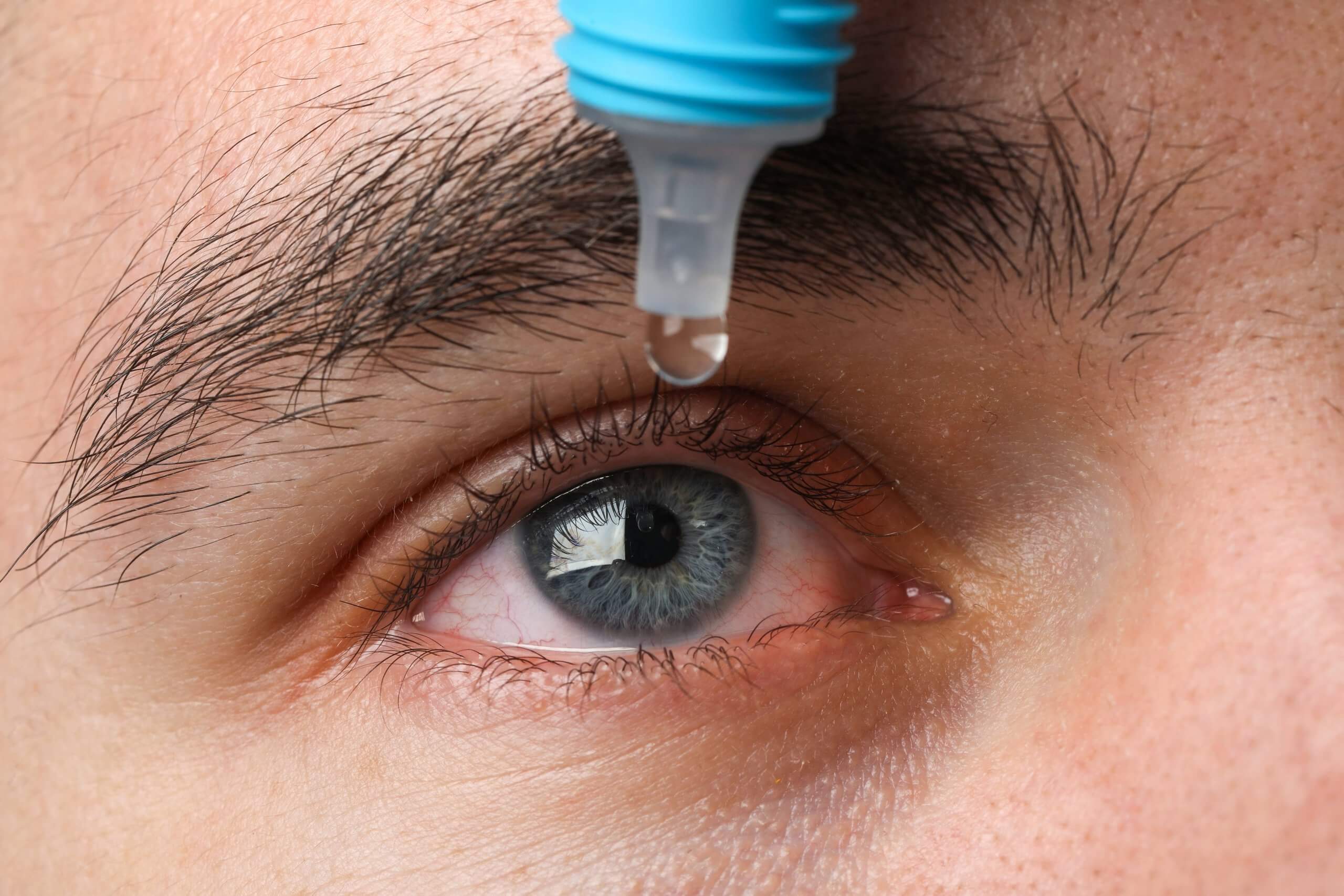Dry Eye and Placenta
Find out how Amnion and Placental Cells could help to treat Dry Eye
What is dry eye?
Dry eye syndrome, also known as dry eye disease, is a common condition that affects almost 30% of the population in day-to-day life. The condition particularly affects those aged over 65, with an estimated one in every three people over this age experiencing the condition.
Tears are vital for maintaining the health of the front surface of the eye (i.e. the cornea) and for providing overall clear vision. With every blink, tears provide lubrication, reducing the risk of eye infections and keeping the cornea smooth and clear.
Dry eye occurs when your eyes are unable to produce sufficient tears to adequately lubricate and nourish your eyes, causing irritation and discomfort. Over time, irritation can lead to scratches on the cornea, producing scarring and potentially resulting in permanent loss of vision.
Common causes of dry eye include:
- Age – tear production often diminishes with age, which can result in an insufficient tears and irritation
- Gender – women are more likely to experience dry eye as a result of hormonal changes, oral contraceptives and menopause.
- Medications – Some medications, such as decongestants and antidepressants, can affect tear production.
- Medical conditions – People with certain medical conditions, such as diabetes and arthritis, are more likely to suffer from dry eye symptoms.
- Environmental conditions – Strong winds and dry climates can decrease tear volume due to increased tear evaporation, affecting tear production.
Signs and symptoms suffered by those with dry eye syndrome may include:
- Eye redness
- Stinging, burning or scratchiness in your eye
- Sensitivity to light
- Blurred vision or eye fatigue
- Mucus in or around your eyes
Some treatments are currently available for dry eye syndrome, including over-the-counter eye drops and steroids. However, it is likely that these measures will need to be taken indefinitely to control the symptoms. Recent research using placenta show great promise in providing more of a long-term solution to those suffering from the condition.
Dry Eye and Placenta: Developments
The placenta, particularly the amniotic membrane, has been used since the 1940s in the treatment of various eye diseases. The amniotic membrane contains unique pluripotent cells, which possess high levels of collagen, anti-fibrotic and anti-inflammatory properties, which promotes healing in damaged and irritated eyes.
More recently, amniotic membrane has been successfully used in clinical applications for dry eye. A large-scale study completed in 2018 investigated the efficacy of cryopreserved amniotic membrane in reducing signs and symptoms of dry eye disease.
A total of 84 patients participated in the study who had previously suffered from severe dry eye despite receiving most medical treatments, including anti-biotics, steroids and topical artificial tears.
The amniotic membrane served as a ‘therapeutic bandage’ that kept the eye moist by retaining tears and protecting the ocular surface from the surrounding environment.
After receiving treatment using cryopreserved amniotic membrane for 7 days, 88% of patients demonstrated significant enhancements and recovery of the ocular surface alongside notable reductions in the severity of the condition.
Additionally, due to its anti-inflammatory properties, the cryopreserved amniotic membrane induced anti-inflammatory action on the damaged eyes and encouraged the regeneration of corneal nerves, significantly improving the overall quality and function of the cornea.
The results of this study, along with other from previous years, demonstrates that the use of placenta and amniotic membrane in the treatment of dry eye to be very promising for relieving symptoms and for providing a longer term solution to improving overall vision in dry eye patients.
References
- Mayo Clinic, Dry Eyes Overview, accessed 19 December 2019, available at
<https://www.mayoclinic.org/diseases-conditions/dry-eyes/symptoms-causes/syc-20371863> - Specsavers, Dry Eye Syndrome, accessed 19 December 2019, available at
<https://www.specsavers.co.uk/eye-health/dry-eye> - American Optometric Association, Dry Eye, accessed 19 December 2019, available at
https://www.aoa.org/patients-and-public/eye-and-vision-problems/glossary-of-eye-and-vision-conditions/dry-eye - Murri et al, (2018) ‘Amniotic membrane extract and eye drops: a review of literature and clinical application’, Clin Ophthalmol, accessed 19 December 2019, available at
<https://www.ncbi.nlm.nih.gov/pmc/articles/PMC6012548/> - McDonald et al, (2018) ‘Treatment outcomes in the Dry Eye Amniotic Membrane (DREAM) study’, Clin Ophthalmol, accessed 19 December 2019, available at
<https://www.ncbi.nlm.nih.gov/pubmed/29670328/> - North Florida Division Cataract Specialists and Vision Care, Long-Term Effects of Dry Eye, accessed 19 December 2019, available at
<https://www.northfloridavision.com/blog/post/2015/10/07/Long-Term-Effects-of-Dry-Eye.aspx
The information contained in this article is for information purposes only and is not intended to replace the advice of a medical expert. If you have any concerns about your health we urge you to discuss them with your doctor.




